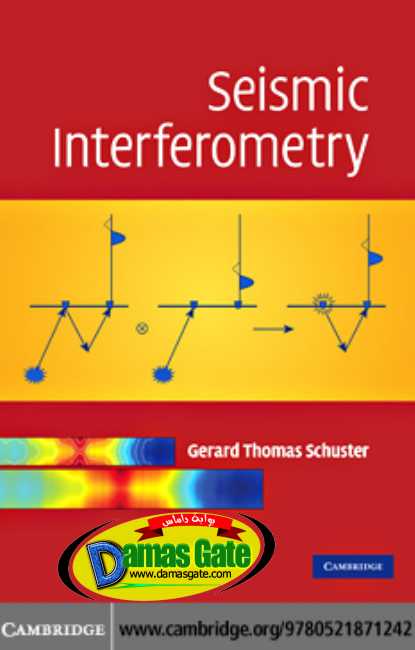Seismic Interferometry

Preface
This book describes the theory and practice of seismic interferometry, with an
emphasis on applications in exploration seismology. It is written at the level where
it can be understood by physical scientists who have some familiarity with the principles
of wave propagation, Fourier transforms, and numerical analysis. The book
can be taught as a one-semester course for advanced seniors and graduate students in
the physical sciences and engineering. Exercises are given at the end of each chapter,
and many chapters come with MATLAB codes that illustrate important ideas.
Correlating a pair of recorded seismic traces with one another and summing the
resulting correlogram for different shot records 1is the basic processing step of
seismic interferometry. This typically results in a new trace with a virtual source
and/or receiver location, also known as a redatumed trace. The redatumed trace
simulates a trace as if a real shot and/or receiver were at the new datum.
The redatuming procedure has been used by the exploration geophysics community
since the early 1970s, except one of the traces in the correlation pair is
computed by a numerical procedure such as ray tracing while the other trace is
naturally recorded. Ray tracing, or more generally numerical modeling, uses an
imperfect model of the Earth’s velocity distribution which leads to defocusing
errors in model-based redatuming. In contrast, seismic interferometry is free of
such problems because it only uses recorded traces in the correlation.
This freedom
also allows one to utilize all of the events in the trace, including higher-order
multiples and coherent noise such as surface waves, leading to enhanced resolution,
illumination, and the signal-to-noise ratio in the reflectivity image.
Download
*